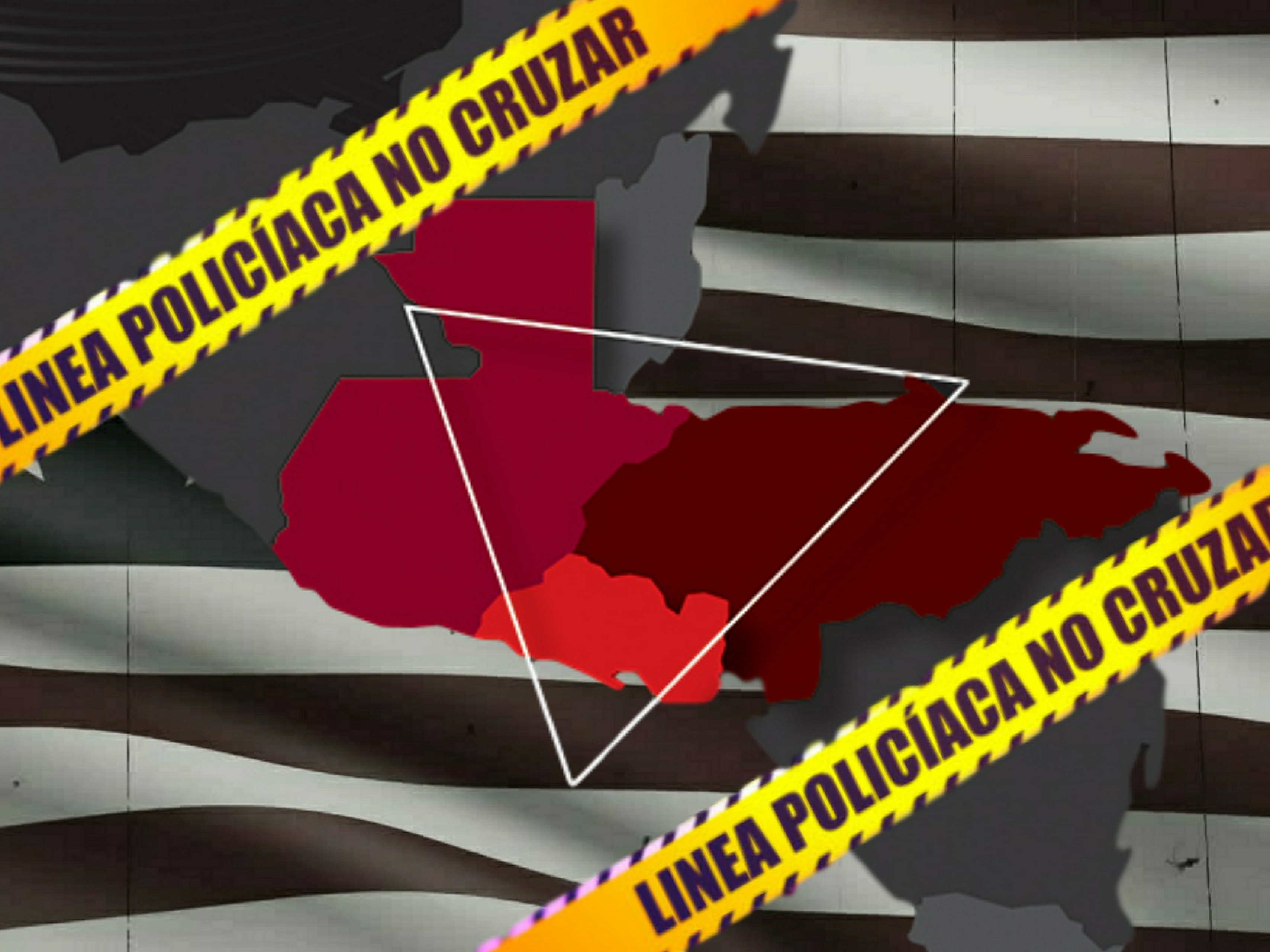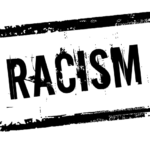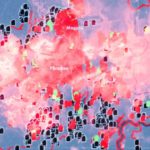Perusing some debates about the caravan, I was struck with just how little Americans seemed to actually know about the Northern Triangle, the conditions there, where it came from and where it landed. Hell, it’s location on a map may seem obvious, given the caravan is traveling through Mexico, but I’m not sure I even give random internet people that much credit anymore.
This may be understandable—after all, we’ve got enough to worry about keeping up with what’s happening in our country. World history has always been far more expansive than American history, and far less known to those in the US for good reason.
However, much of the history of the Central American Northern Triangle is, directly, US history.
The past often determines the present. If the caravan story is one worth following, it might help to know the basics of how we got here before giving an opinion on where we should go next. I’m not an expert, and don’t purport myself to be one, but I think I’m qualified enough to give a basic overview of the ways the US has helped to shape the region’s history.
What is the Northern Triangle?
The Northern Triangle is made up of three very linked countries—El Salvador, Guatamala, and Honduras. One could talk about what kind of, I don’t know… plants or wildlife or ecosystems shared, but it’s known for one thing above all others. That thing, specifically, is murder.
Violent deaths in this region are higher than some war zones. In 2011, the UN tried to estimate such rates, and found that Guatemala had about 39 homicides per 100,000 people, El Salvador had 69/100,000, and Honduras had a whopping 92/100,000. But comparison, the homicide rate in the US is less than 5 people for every 100,000.
There’s plenty of reasons for that, from our drug war fueling narco-states and the narco-terrorism of groups like MS-13, to overall political instability and corruption, to the weather. But the recent history of the region has been one of war and oppression, especially during the Cold War.
El Salvador:
The Salvadorian Civil War lasted from 1979-1992. During that war, the US backed military government became known for death squads and repression, child soldiers and violations of human rights. These death squads weren’t even above attacking churches, unarmed civilians including women and children, or using torture and mutilation to send a message. Under both Carter and Reagan, the US was increasingly involved in directly controlling El Salvador’s military, and was funneling military aid to the tune of $1-$2 million dollars a day in support.
Guatamala:
A CIA-backed military coup installed a dictatorship in 1954, which lead eventually to a bloody and genocidal civil war. We supported on side for 36 years, the one trying to exterminate the Maya population, and it didn’t end until 1996. It didn’t matter who was in office, from Kennedy supporting their military preventing elections to hold on to power, all the way down the line to Clinton. Jimmy Carter briefly declared ban on military aid to the Guatemalan Army because of the actions of it’s Death Squads and large scale human rights abuses, including massacres of civilians across the countryside. However, it was just a declaration meant to save face, as it appears that American aid continued during the ban through clandestine channels.
Honduras:
Honduras was the original “Banana Republic”, back when the US wanted bananas rather than narcotics from Central America. We sent in troops at the behest of industry in, well, 1903, 1907, 1911, 1912, 1919, 1924, 1925… you get the idea. We never really backed off of our interest completely, and in the 80s, the CIA-backed campaign of extrajudicial killings by government units, most notably Battalion 316, was aimed to give an edge to the proxy war we had been fighting all through South and Central America during the Cold War. The Banana Republic days and the days of the USSR threat are long gone… so what have we done there lately? Well, the US recognized and legitimized it’s new government after an illegal coup in 2009, despite the Organization of American States, the UN, and the world in general calling it exactly what it was.
These stories have left lasting legacies of violence, and institutions that thrive on such violence. It’s impacted generations of cultural conditioning and social expectations. This history has helped prevent the formation of societies with a strong democratic institutions, a stable rule of law, and limited corruption.
Maybe none of this informs what Mexico or the US should do about the caravan, rather than what our foreign policy mistakes were and how we treat other nations moving forward. But it seems to dispel a couple of common talking points I’ve seen brandished. First and foremost, the fantasy that the plight of these migrants have nothing to do with the US, and that they simply ain’t our problem at all. Regardless of just how it translates to preferable policy prescriptions or what happens when they arrive at our border… the state of the Northern Triangle is a direct result, in large part, of US policy.





5 comments
… [Trackback]
[…] Read More to that Topic: thelibertarianrepublic.com/a-brief-history-of-the-us-in-the-northern-triangle/ […]
… [Trackback]
[…] Read More on that Topic: thelibertarianrepublic.com/a-brief-history-of-the-us-in-the-northern-triangle/ […]
… [Trackback]
[…] Read More on that Topic: thelibertarianrepublic.com/a-brief-history-of-the-us-in-the-northern-triangle/ […]
… [Trackback]
[…] Information on that Topic: thelibertarianrepublic.com/a-brief-history-of-the-us-in-the-northern-triangle/ […]
… [Trackback]
[…] Info to that Topic: thelibertarianrepublic.com/a-brief-history-of-the-us-in-the-northern-triangle/ […]